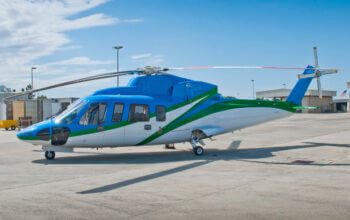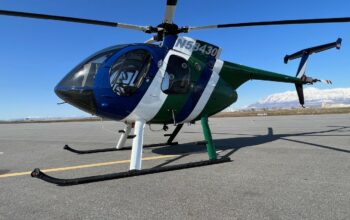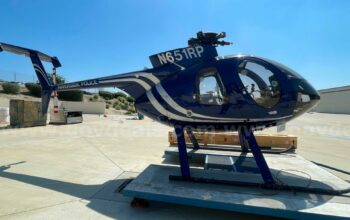The German eVTOL developer Volocopter and helicopter emergency medical services (HEMS) provider ADAC Luftrettung have demonstrated how Volocopter’s multicopters could be used in air medical missions.
Volocopter announced on Sept. 26 that one of its eponymous multicopters was used for the first time in a staged rescue operation, showing how it could transport a physician from an ADAC HEMS base to the scene of an accident. The demonstration is part of a larger feasibility study — supported by the charitable ADAC foundation and the German Aerospace Center (DLR) — that aims to determine whether Volocopters can get physicians to patients faster than they could travel by ground ambulance.
For the purpose of this feasibility study, model regions were selected in two German states: the emergency service area of Ansbach with the Dinkelsbühl HEMS base in Bavaria, as well as Mainz-Rheinhessen and Bad Kreuznach in Rhineland Palatinate.
In addition to the live demonstration, air medical missions using Volocopters are being computer simulated for these regions by researchers at the Institut für Notfallmedizin und Medizinmanagement (INM, Institute for Emergency Medicine and Medical Management) at Ludwig Maximilian University in Munich.

Volocopter said that the findings of the research project will be published next year, potentially laying the groundwork for a real-life pilot project.
“The Volocopter is based on a technical platform permitting its diverse and reliable use as an air taxi, heavy lifting drone, or in rescue missions,” stated Volocopter CEO Florian Reuter when the research project was announced last year. “I firmly believe in the Volocopter’s potential for large-scale use as an air shuttle for emergency doctors, and I look forward to our joint systematic validation with ADAC air rescue.”








